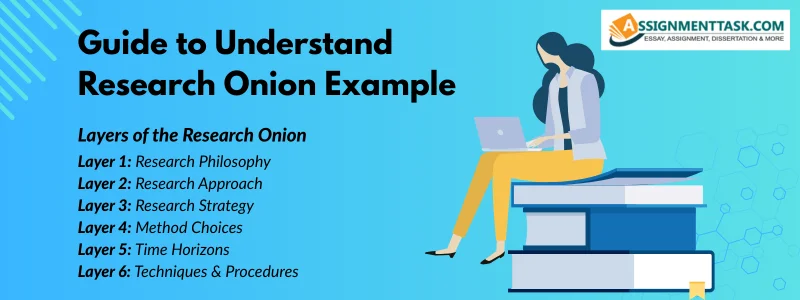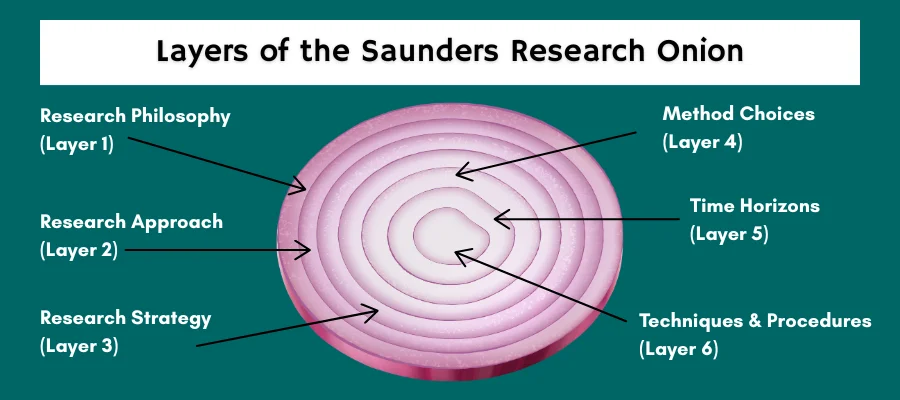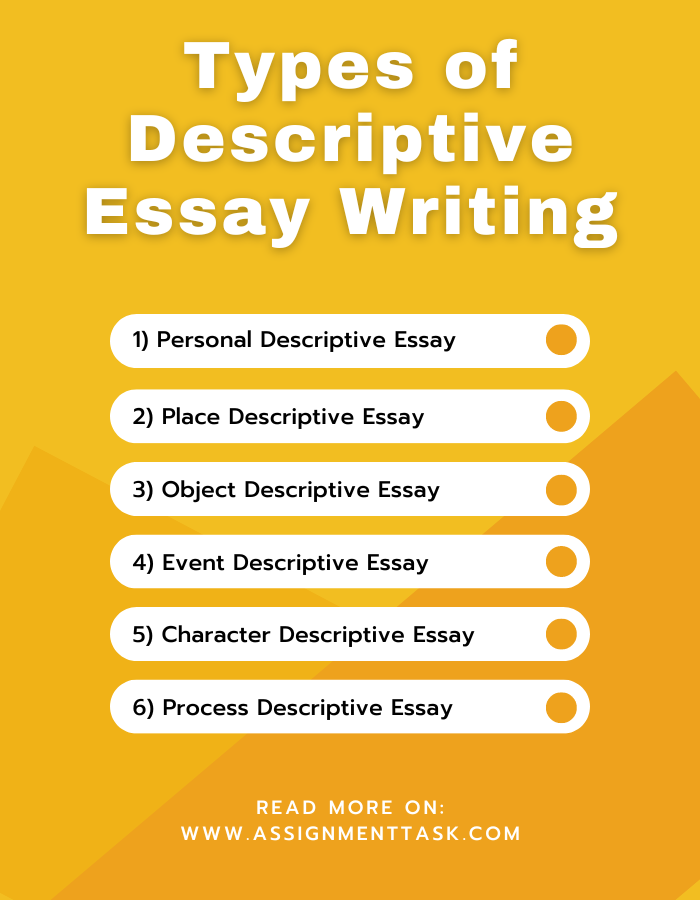Understanding the Research Onion: Layers Explained
- Assignment Task Blog
- Jul 23, 2025
- Research Topics
A research onion model was first presented by Saunders, Lewis and Thornhill in their own book named “Research Methods for Business Students.” Their model is made to explain the various stages of writing any dissection, helping the students create a better methodology. This research model symbolizes the way in which various elements are involved in your research and can be examined for developing a good research design. In this blog we will discuss about a Guide to Understand Research Onion.
Unlock the secrets of the Research Onion with our step-by-step example—request academic support now and master your methodology!
What is the Research Onion?
A Research Onion was developed by the Saunders and is also known as the Saunders Research Onion. It is a framework that guides you via the key decisions that are very much involved in designing any research methodology.
It is structured as the Research methodology layers like union with each of the layers representing different aspects in your research process. If you peel back these layers you can address systematically the different choices from the philosophical underpinnings to practical data collection.
Layers of the Research Onion
The research onion consists of 6 main layers that are explained as follows:
Layer 1: Research Philosophy
Philosophy: The Research philosophy and approach concern the world view from which the research can be conducted. I mostly studied this in layers of epistemology and ontology. Ontology refers to the authenticity of the information and how to understand its total existence, while epistemology is the valid information needed for the research process and the way to obtain it. The Philosophical positions are used in academic studies and are divided into positivism and interpretivism. Here, positivism is the knowledge that is independent of any studied subject, and interpretivism claims that individual observers have their own perceptions to understand reality. Positivist studies are more scientific and research-based in testing the phenomenon, while interpretivist studies are more qualitative.
Layer 2: Research Approach
Approach: After you have chosen the best methodology, the research onion suggests that a good research method should be selected by you. This deductive approach starts with any specific development of the hypotheses that is based on any literature review as observed by the researcher, and tries to gradually test the hypothesis for each content.
Layer 3: Research Strategy
Strategy: Here, you need to devise a strategy to be adapted for your research study. This research onion suggests that your research strategy can include experimental research, action research, surveys, interviews, case studies, etc. This data collection in research strategy can be based on the data that is needed for your research purpose.
Layer 4: Method Choices
Method Choices: The Research Onion model suggests a mono-method, multi-method and mixed method to conduct the research. The mono method consists of one method study. The mixed method is based on the usage of 2 or more specific research methods and refers to the usage of both quantitative and qualitative methodologies. The multi-method uses a very wide selection of methods. These qualitative vs quantitative research methods are always very useful for researchers like you.
Layer 5: Time Horizons
Time Horizon: It refers to the research time frame and mostly involves observations that can be of two types based on various time horizons: longitudinal and cross-sectional. Cross-sectional data can be used when all your research observations are for any one point of time, as in the majority of surveys. Longitudinal data implies observations for any one variable that are available for many years, months, or even days.
Layer 6: Techniques and Procedures
Techniques and Procedures: It is the final layer of the research onion model and consists of the procedures and technologies to be used. This layer is used to explain various purposes and ways in which the research is to be conducted. At this stage, you are expected to select between the primary and secondary data. Here, you also need to select between the qualitative and quantitative data you collected from different resources. This collected data is considered the central piece of the idea needed for your research process. This data is to be collected by you via the research onion framework.
Read Blog: 180+ Qualitative Research Topics for Students to Get Academic Success
Why the Research Onion Matters – Benefits & Practical Applications
-
Systematic Approach: The research onion gives you a very clear as well structured way of approaching your research design and ensuring that all the aspects of your study are very much integrated.
-
Improved reliability and validity: If you consider carefully each layer of the research onion, you can always enhance the reliability and validity of your research work. Like your research finding’s needs to be very much robust and trustworthy.
-
Enhanced Transparency: This framework always promotes by outlining clearly all the rational behind each of your methodological choice by making your research process much more accountable.
-
Efficiency and Clarity: The onion model always help you to make very much infeed decisions on the research methodology by saving much of your time and resources by avoiding all the potential pitfalls as well stemming the research process.
-
Holistic Thinking: If you Understanding the Research Onion, it will encourage you to think more holistically regarding the research by considering the interconnectedness of the various aspects of the research study as well ensuring the choices.
-
Dissertations and Theses: The research onion model is very well known for its definitive Research process framework for structuring the methodology of theses and dissertations by providing a very clear idea for presenting your research choices.
-
Research Proposals: It is used to develop the best research proposals for the Inductive and deductive research. This ensures that all the necessary aspects of your research are properly addressed as well justified.
-
Journal Articles: This framework can help you in writing a very clear as well concise methodology section in the journal articles by making the research process more accessible to the researchers.
-
Social Science and Business: The research onion model is very much useful in the field of business as well social sciences. Here, you very much need to apply the Research strategies in methodology.
-
Information Systems Research: This model can be adapted as well modified in order to meet your sarcoid needs for conducting the research process. By using the research onion model, you can always ensure that all your studies are well planned, well organized as well impactful.
-
Academic Research: The researchers of various fields spicy who are in business or social schemes can use this framework to guide the methodologies.
-
Evidence-Based Practice: It is mostly applicable in the fields of nursing and can be used to trigger the research competence an promote the evidence practices.
-
Project Planning: It is the framework that can be applied on different research projects from small to the large scales.
- Problem-Solving: In the model of research onion, it can be adapted in order to analyze any complex problems by helping you to figure out the root causes of this problem with the best solutions.
It can be said that the Research Onion model is much more than just a framework, but a well-developed mindset to encourage researchers to think critically and make informed decisions, as well as develop relevant research methodologies.
Struggling with the layers of the Research Onion? Get expert academic guidance and simplify your research journey today!
Expert Tips: Applying the Research Onion in Your Study
-
Always Try to be Explicit: You always need to articulate your choices very clearly at each layer of the onion model as well justify them based on your objectives and questions.
-
Consider the Ethical Implications: Although explicitly is not a part of the original onion model, the ethical considerations are needed to be integrated throughout your whole research procedure.
-
Embrace Flexibility: The model of research onion is a proper guide but not a rigid structure. Thus, you always need to be prepped in order to adapt a very much progressive approach.
-
Reflect and Refine: You always need to reflect your choices very much continuously and be willing to refine your research methodology as per requirements.
-
Start with Your Core: You always need to begin by defining clearly each of the onion model layers to define your research problem, objectives and aims.
-
Work Forward: This is progressing through each layer properly by making the right choices and excisions.
- Ensure consistency: The research onion model helps you ensure consistency between your approach, stance, and methods so that you can carry out your research work perfectly.
Wrap Up
While wrapping up, it can be concluded that following a perfect onion model in your college or university research paper is not a matter of joke. Thus, you always need the best online research paper writing help services from a reputable provider. Assignmenttask.com is always the very best choice for you in this regard.
Why Assignmenttask.com?
- We are always the best providers of quantitative methods assignment help services.
- We always assure top grades.
- Round-the-clock services are constantly provided via our website.
- All the assignment contents are a hundred percent original without any plagiarism.
- We provide absolutely flawless assignment content.
- Our experts prepare the assignment content after extensive research, study, and analysis to provide you with valued services.
Thus, join us soon.









